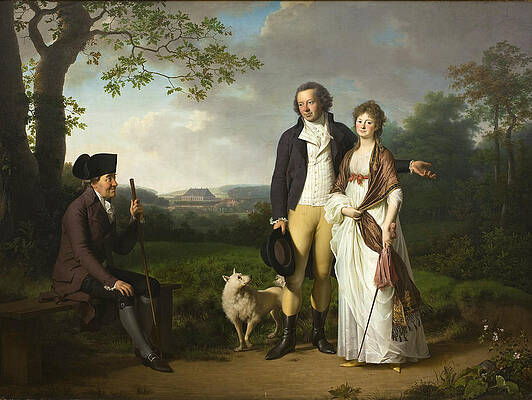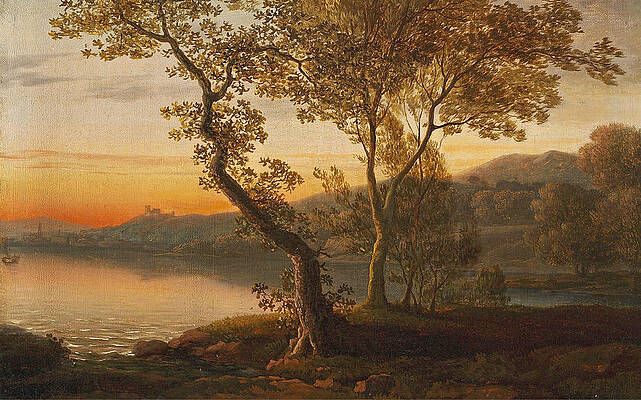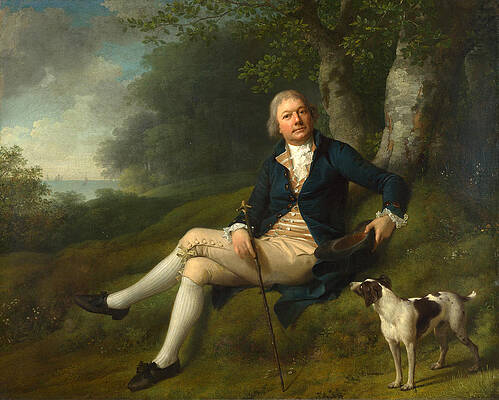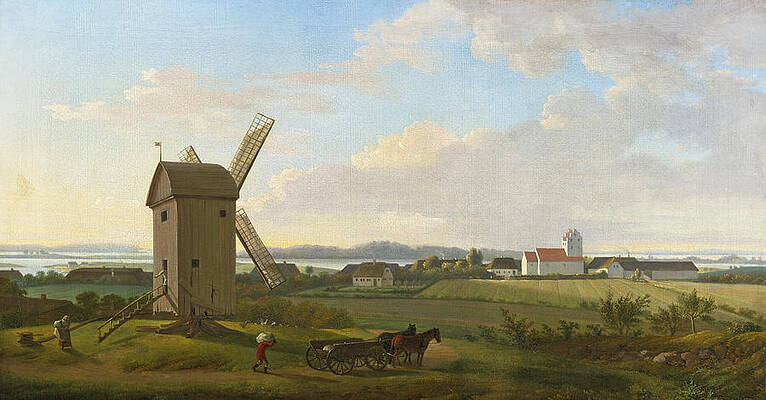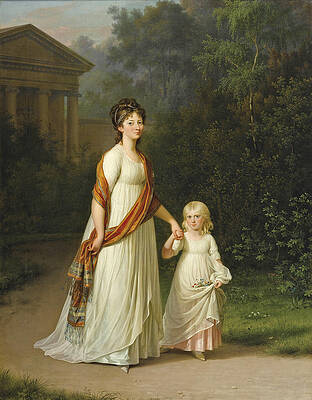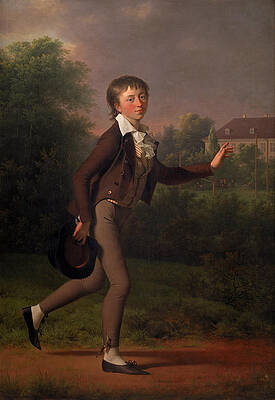Jens Juel
Paintings
Niels Ryberg with his Son Johan Christian and his Daughter-in-Law Engelke nee Falbe
A late evening after sunset. Twilight
Joseph Greenway
Portrait of Queen Marie Sophie Frederikke married to Frederik VI
View of Gamborg on Fyn
Marie-Sophie-Frederikke Princess of Denmark and her Daughter Princess Caroline
Portrait of adviser to the king and merchant Niels Ryberg
A Running Boy. Marcus Holst von Schmidten


Louisa von Schleswig-Holstein-Sonderburg-Augustenburg
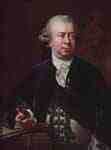
Portrait of Jacques-François-Joseph Saly
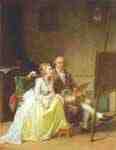
Fine Art Prints | Greeting Cards | Phone Cases | Lifestyle | Face Masks | Men's , Women' Apparel | Home Decor | jigsaw puzzles | Notebooks | Tapestries | ...
Jens Juel (12 May 1745 – 27 December 1802) was a Danish painter, primarily known for his many portraits, of which the largest collection is on display at Frederiksborg Castle. The painter Jens Juel represents something close to the high point of Danish portrait painting of the 18th century.[1] He is buried at Assistens Cemetery in Copenhagen.
Early life and career
He was born in the house of his mother's brother Johan Jørgensen, who was a school teacher in Balslev on the island of Funen. Jens Juel was the illegitimate son of Vilhelmine Elisabeth Juel (January 1725 – March 1799), who served at Wedellsborg, and a fine gentleman, probably a Wedell or Lord Jens Juel. When Juel was one year old, his mother married Jørgen Jørgensen (1724 – 4 June 1796), who was a schoolmaster in Gamborg, not far from Balslev, and he grew up in Gamborg.
He showed an interest in painting from an early age, and his parents sent him to be an apprentice of painter Johann Michael Gehrman in Hamburg, where he worked hard for five or six years and improved so much that he acquired a reputation as a painter of portraits, landscapes, etc. During the time of his studies, he could live off painting landscapes, portraits and genre pictures.[1] At just over twenty years old, he moved to Copenhagen to attend the Royal Danish Academy of Art. In 1767 he was awarded its small gold medal and in 1771 the great gold medal, both for Biblical themes.[1]
Niels Ryberg with his Son Johan Christian and his Daughter-in-Law Engelke, née Falbe
In 1772 he left Copenhagen, moving to Rome where he stayed for four years together with other Danish artists, including Nicolai Abildgaard. From Rome, he moved to Paris, at the time a center of portrait painting. In 1777 he moved on to Geneva, where he stayed for two years at the home of his friend Charles Bonnet in the company of other Danish artists, including etcher Johann Friderich Clemens. In Geneva, Juel soon earned himself a reputation as an excellent artist, and he painted many portraits. Through Bonnet, who had become an honorary member of the Danish Academy, his reputation reached Denmark. After a brief stay in Hamburg, where he met and painted a portrait of the celebrated poet Friedrich Gottlieb Klopstock, author of The Messiah, he returned to Copenhagen in 1780. Here he painted portraits for the royal house, nobility, and the well-to-do, as well as landscapes and genre paintings and was designated as the court painter.[2]
On 4 April 1782, he was unanimously elected to be a member of the Danish Academy by Mandelberg, Weidenhaupt, and Abildgaard. He became the director of the Academy in 1795 and continued in the position until his death.[1]
References
"Jens Juel". The Royal Danish Collections. Retrieved March 13, 2012.
"Jens Juel". 18th Century Blog. Retrieved March 13, 2012.
----
Fine Art Prints | Greeting Cards | Phone Cases | Lifestyle | Face Masks | Men's , Women' Apparel | Home Decor | jigsaw puzzles | Notebooks | Tapestries | ...
----
Artist
A - B - C - D - E - F - G - H - I - J - K - L - M -
N - O - P - Q - R - S - T - U - V - W - X - Y - Z
Retrieved from "http://en.wikipedia.org/"
All text is available under the terms of the GNU Free Documentation License


